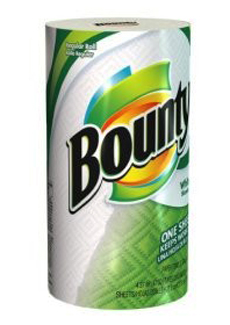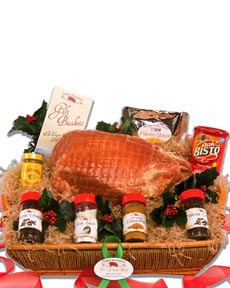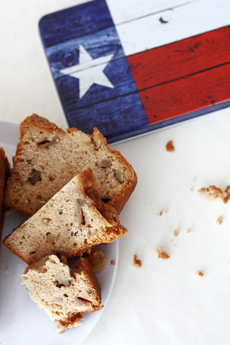|
But the third place winner proved that you don’t have to pay big bucks for good paper towels: Target’s Up & Up, Eastern version: 81 points and $2.15 per 100 square feet. The Western version, made by a different supplier, did not perform as well, scoring 69 points.
Just off the podium was Brawny at 80 points; but it’s one of the costlier brands, at $3.20 per 100 square feet.
Prices for paper towels range widely, notes the report, which is available to Consumer Reports subscribers. You can pay as little as $1.46 or as much as $5.12 per 100 square feet.
For example, Walmart’s Great Value paper towels cost $1.82 per 100 square feet and were very good at 75 points. Also with 75 points, Costco’s Kirkland Signature paper towels performed well and were the cheapest brand reviewed, at $1.47 per 100 square feet. (Here again, the eastern version outranked the Signature West, which scored 71 points.)
Higher Price Doesn’t Mean Higher Performance
Proving that higher price doesn’t equate to higher performance. Earth Friendly Products, made from 100% recycled paper and the lowest rated, with a score of 26, was the second the costliest, at $4.75 per 100 square feet. The costliest: Kleenex Viva, with a 76 rating and a price of $5.12 per 100 square feet.
A final note from the report: There are currently few or no governmental regulations for many of the “green” claims on paper towels. But “recycled” claims do have some merit, so if you prefer a green product, look for a high percentage of post-consumer recycled content. Just remember: If it takes twice as many towels to mop up, it’s not helping the environment.
To see the full report, subscribe to Consumer Reports.
|









